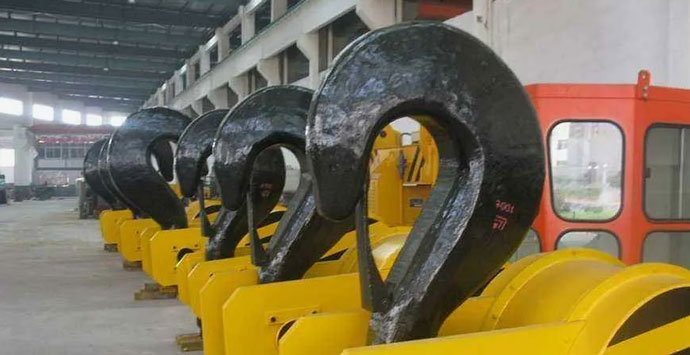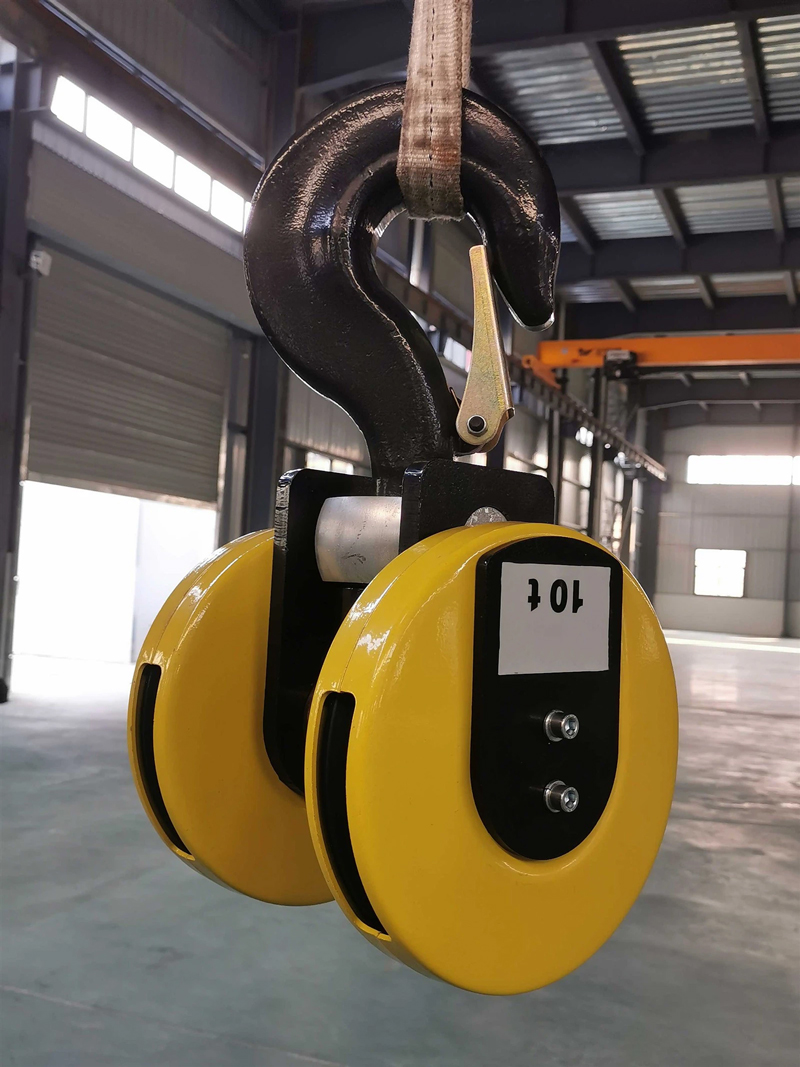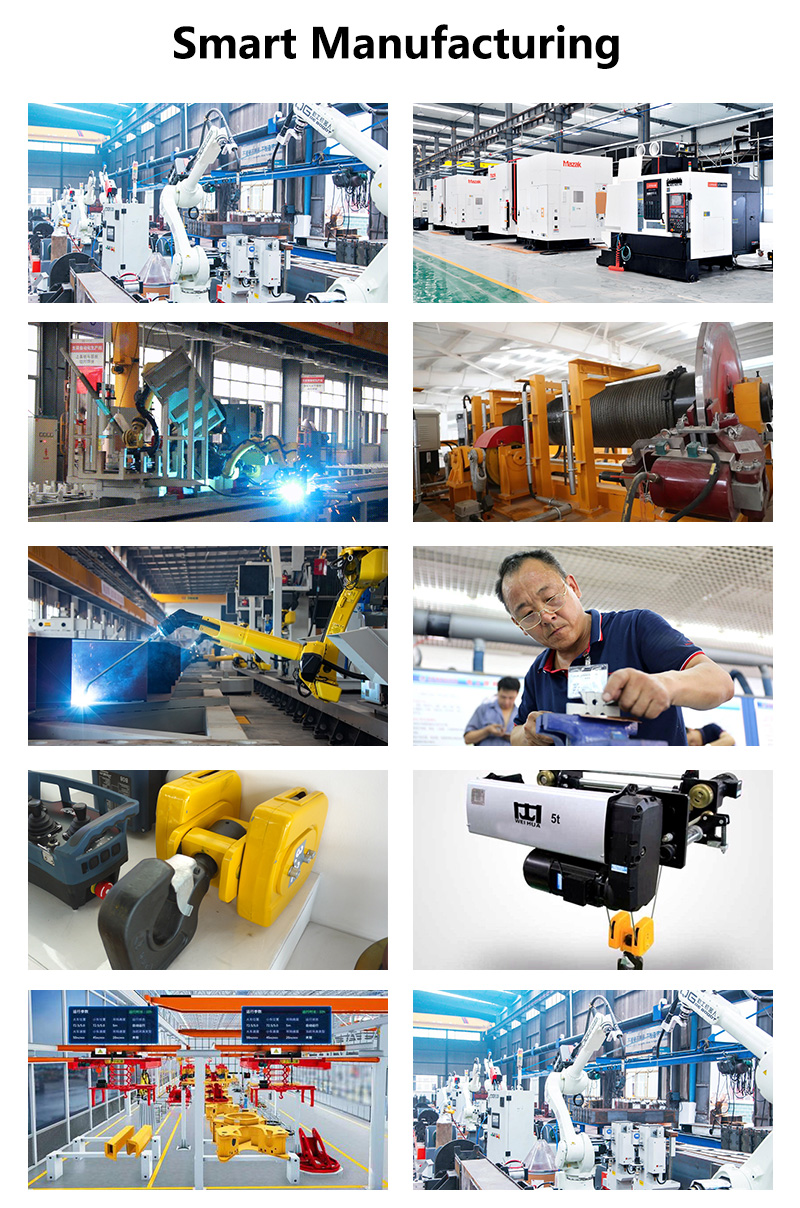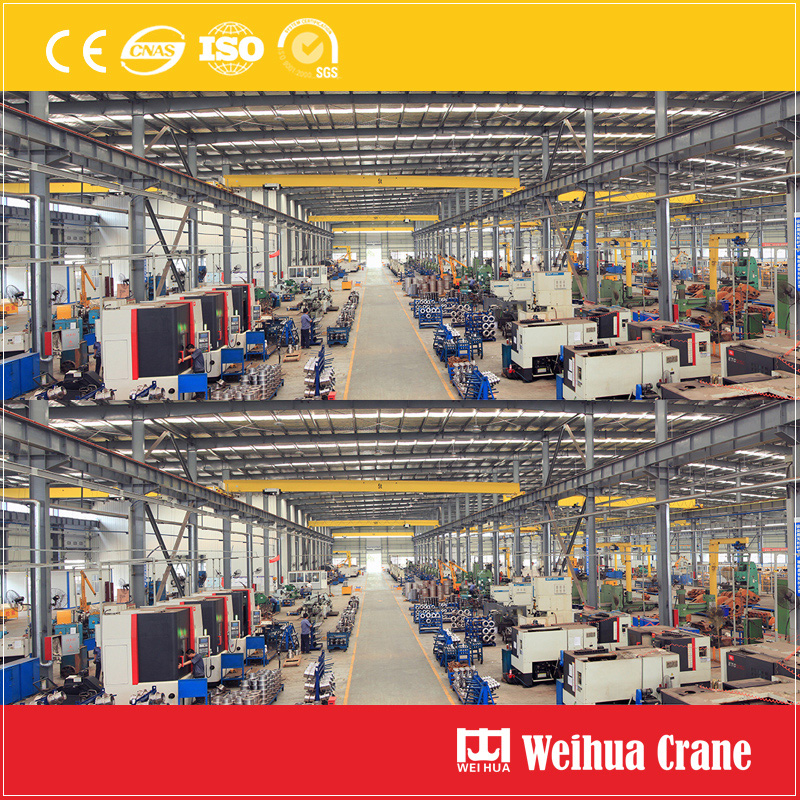크레인 작업에 관해서, 안전이 가장 중요하다. 크레인의 가장 중요한 구성 요소 중 하나는 후크입니다., 들어올리는 동안 하중을 견디는 것. 사고 예방 및 작업장 안전 확보를 위해, 산업안전보건청 (OSHA) 구체적인 지침을 마련했습니다. 이 기사에서, 주요 OSHA 크레인 후크 요구 사항을 살펴보겠습니다., 그들의 중요성, 규정을 준수할 수 있는 방법.

OSHA (산업안전보건청) 미국이다. 안전하고 건강한 근로 조건을 보장하기 위한 표준을 설정하고 시행하는 노동부 산하 정부 기관. 크레인 후크 요구 사항은 더 넓은 크레인 및 리깅 규정에 해당됩니다., 건설현장 근로자의 안전을 보장합니다, 조작, 해양 부문.
다음은 다음과 관련된 주요 OSHA 규정 및 표준입니다. 크레인 후크:
1. 검사 요구 사항
OSHA 표준에 따르면 29 CFR 1910.179, 크레인 후크는 다음 검사를 받아야 합니다.:
수시검사: 매일 또는 각 교대 근무 전에 실시, 특히 가혹한 서비스에 사용되는 후크의 경우.
정기점검: 사용의 심각도에 따라 정기적으로 실시(보통 매월에서 매년). 상세한 기록을 보관해야 함.
2. 손상에 대한 시각적 표시기
OSHA는 다음 조건 중 하나라도 발견되면 크레인 후크를 서비스에서 제거하도록 요구합니다.:
균열, 닉스, 또는 가우징
과도한 마모 (보통 끝났어 10% 원래 차원의)
구부러지거나 뒤틀린 갈고리 목구멍
후크 개구부의 변형 또는 신장
안전 래치가 손상되었거나 누락되었습니다.
3. 후크 안전 래치
후크에는 화물이 미끄러지는 것을 방지하기 위한 안전 걸쇠가 장착되어 있어야 합니다.. OSHA에서는 이러한 걸쇠가 양호한 작동 상태를 유지하고 파손되거나 누락된 경우 교체하도록 규정하고 있습니다..
4. 부하 정격 및 표시
크레인 후크에는 정격 부하 용량을 나타내는 명확한 표시가 있어야 합니다.. 표시가 없거나 식별되지 않은 후크를 사용하는 것은 OSHA 표준을 위반하는 것입니다..
5. 무단 수정 금지
후크는 자격을 갖춘 전문가가 수행하지 않는 한 용접이나 가열로 모양을 바꾸거나 수리해서는 안 됩니다., 제조사가 허용하는 경우에만. 무단 수정은 후크의 무결성을 손상시킬 수 있습니다..

1. OSHA 표준에 부합하는 체크리스트를 사용하여 정기 검사 일정을 수립합니다..
2. 후크 손상의 눈에 띄는 징후를 식별하도록 모든 크레인 운전자와 리거를 교육하십시오..
3. 규정 준수 및 추적성을 유지하기 위해 모든 검사를 문서화합니다..
4. 마모 또는 결함이 OSHA 제한을 초과하는 경우 즉시 후크를 교체하십시오..
5. 후크 유지 관리 및 수리에는 제조업체가 승인한 부품과 절차만 사용하십시오..
OSHA 크레인 후크 요구 사항을 준수하지 않으면 다음과 같은 결과가 발생할 수 있습니다.:
무거운 벌금 및 처벌
장비 고장으로 인한 부상 또는 사망
법적 책임 및 운영 중단 시간
손상된 회사 평판
~ 안에 2024, OSHA는 심각한 위반에 대한 최대 처벌을 100% 이상으로 늘렸습니다. $16,000 사건당, 엄격한 준수가 필요함을 강조.

OSHA 크레인 후크 요구 사항을 준수하는 것은 벌금을 피하는 것뿐만 아니라 생명을 보호하는 것입니다.. 정기점검, 적절한 유지 관리, 안전 기준을 준수하면 크레인 관련 사고 위험을 대폭 줄일 수 있습니다.. 고용주와 안전 관리자는 현장의 모든 크레인 후크가 OSHA 표준을 충족하도록 적극적으로 노력해야 합니다..
큐: 크레인 후크를 얼마나 자주 검사해야 합니까??
에이: 후크는 매일 검사해야 합니다. (잦은) 사용 상황에 따라 주기적으로.
큐: 구부러진 후크를 계속 사용할 수 있나요??
에이: 아니요. 모든 변형, 구부러진 갈고리 목구멍을 포함해, 후크의 서비스를 중단해야 합니다..
큐: 안전 걸쇠는 필수인가요??
에이: 예. OSHA는 애플리케이션에서 특별히 부재를 정당화하지 않는 한 모든 크레인 후크에 작동 안전 래치를 장착하도록 요구합니다..


현재 크레인 후크 시스템이 OSHA 표준을 충족하는지 확실하지 않은 경우, 전문적인 조언과 OSHA 준수 제품에 대해서는 인증된 안전 검사관이나 Weihua와 같은 장비 공급업체에 문의하세요..
우리는 귀하의 의견을 소중히 여깁니다! 귀하의 특정 요구에 맞게 서비스를 조정할 수 있도록 아래 양식을 작성하십시오..

최신 의견